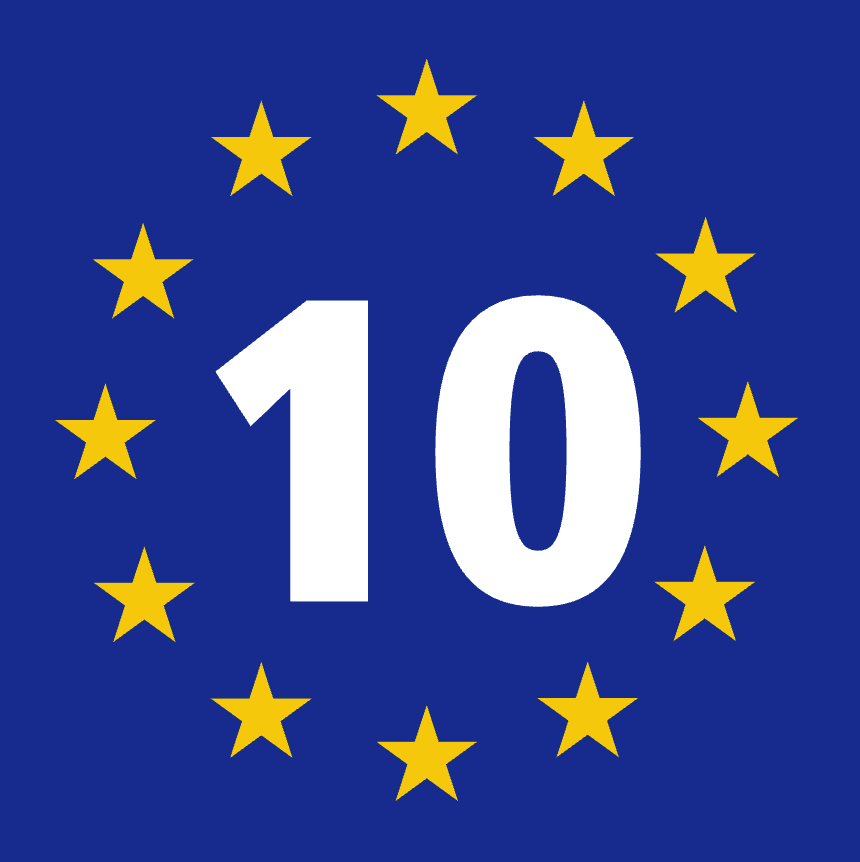Europe is a cobweb of cycle routes – look on the cycle layer of Open Street Map and you’ll see what I mean – but the ones we concentrate upon here are the long distance ‘Eurovelo‘ routes devised by the European Cyclists’ Federation, or ECF.
You will find excellent information on the official sites for the Eurovelos, including the main Eurovelo site, Eurovelo.com. CyclingEurope.org does not attempt to replicate what has been provided by the ECF on their own sites. Instead, it hopes to provide useful links to the websites of people who have cycled the routes, books, maps, photographs and videos as well as links to national and regional organisations who look after parts of the network. Often these are branded under a different name. For example in France, the Eurovelo 1 follows the west coast but it is referred to locally as the Velodyssee.
You can download a detailed map of the Eurovelo routes here. The overview maps on the pages below belong to the European Cyclists’ Federation.
- Eurovelo 1: The Atlantic Coast Route (8,186 km)
- Eurovelo 2: The Capitals Route (5,500 km)
- Eurovelo 3: The Pilgrims Route (5,122 km)
- Eurovelo 4: The Central Europe Route (4,000 km)
- Eurovelo 5: The Via Romea Francigena (3,900 km)
- Eurovelo 6: The Atlantic to Black sea Route (4,448 km)
- Eurovelo 7: The Sun Route (7,409 km)
- Eurovelo 8: The Mediterranean Route (5,888 km)
- Eurovelo 9: The Baltic to Adriatic Route (1,930 km)
- Eurovelo 10: The Baltic Sea Cycle Route (7,980 km)
- Eurovelo 11: The East Europe Route (5,984 km)
- Eurovelo 12: The North Sea Cycle Route (5,932 km)
- Eurovelo 13: The Iron Curtain Trail (10,400 km)
- Eurovelo 15: The Rhine Route (1,320 km)
Odd numbered routes are north-south routes, even numbered routes are east-west routes.















